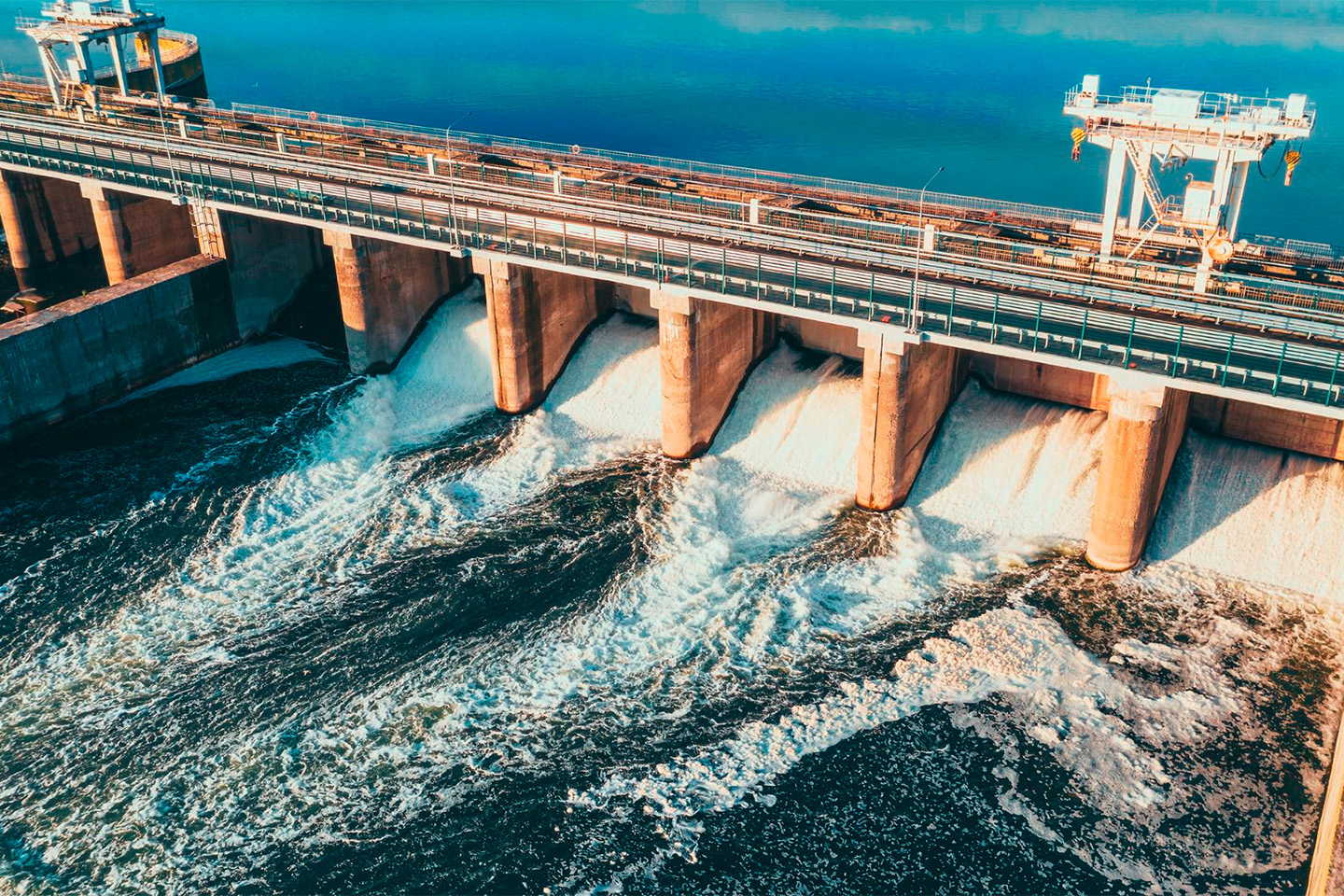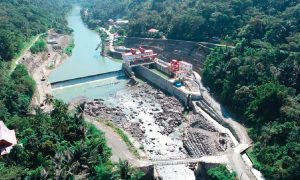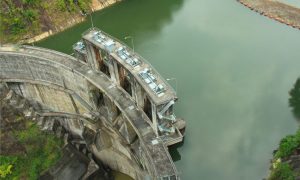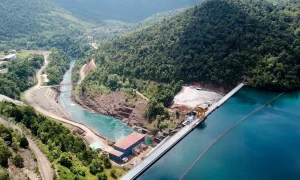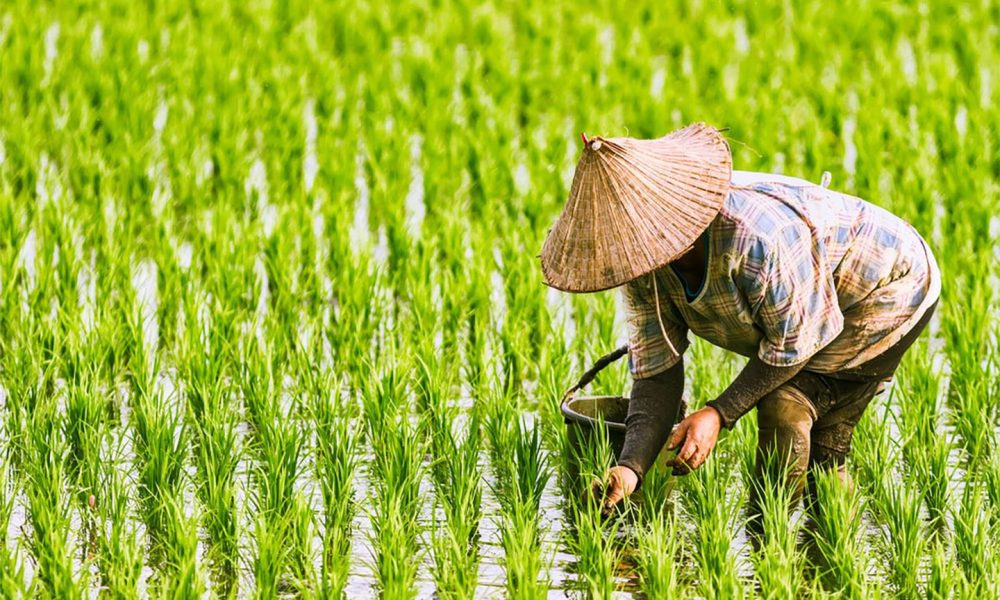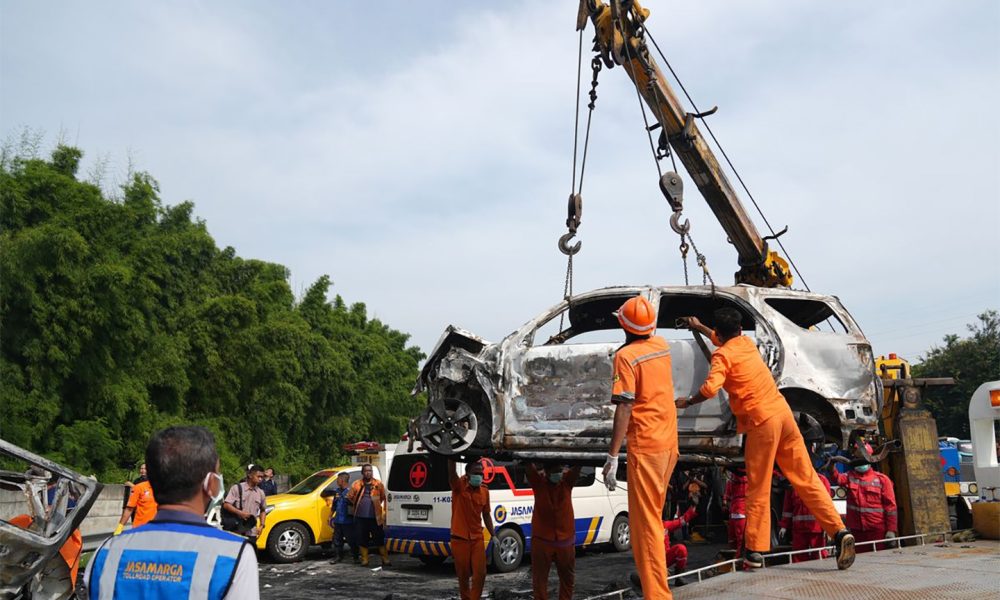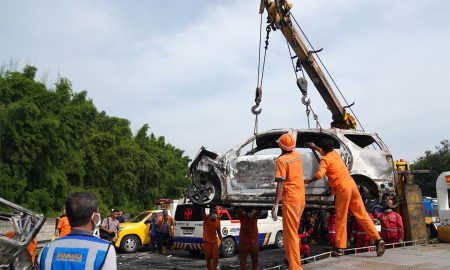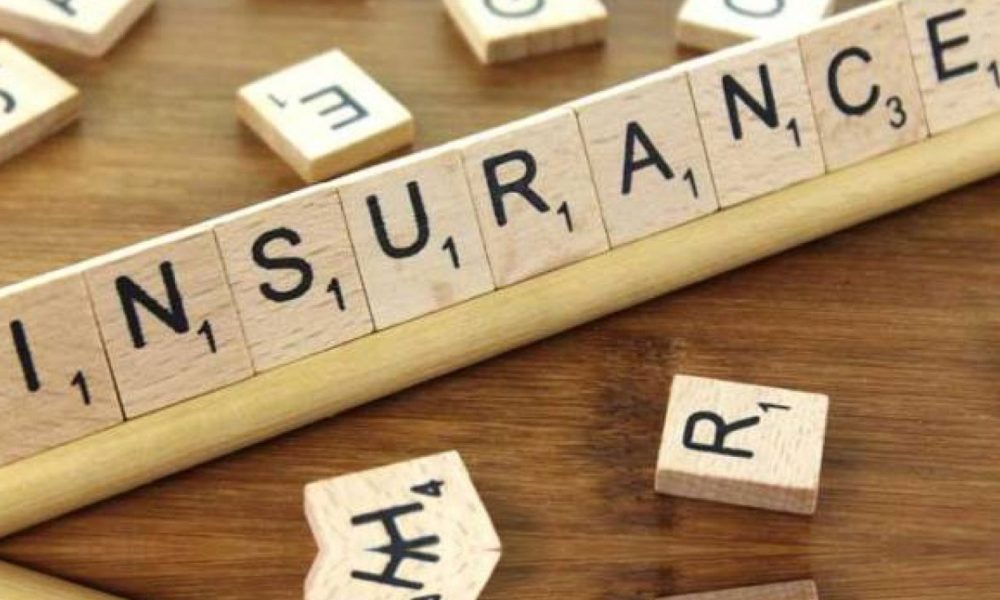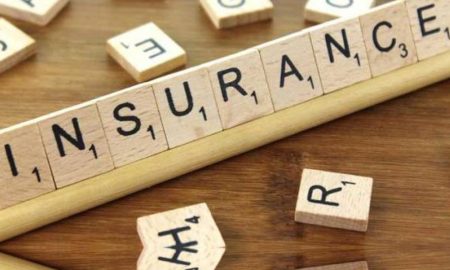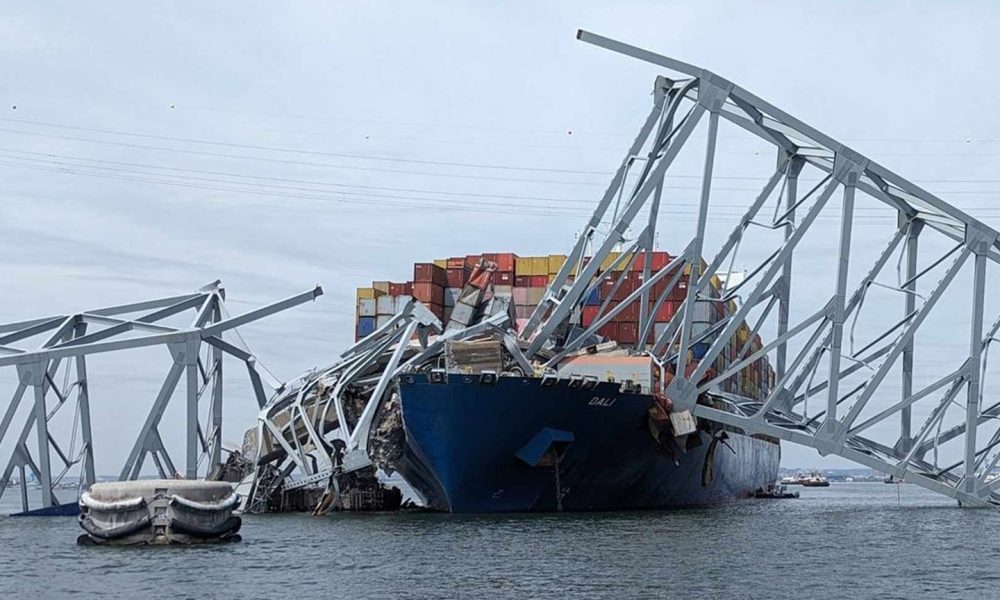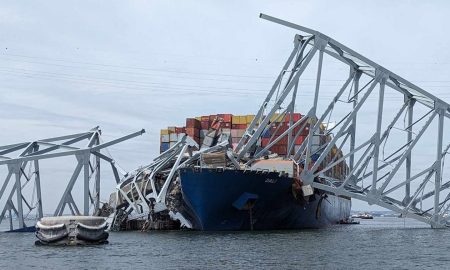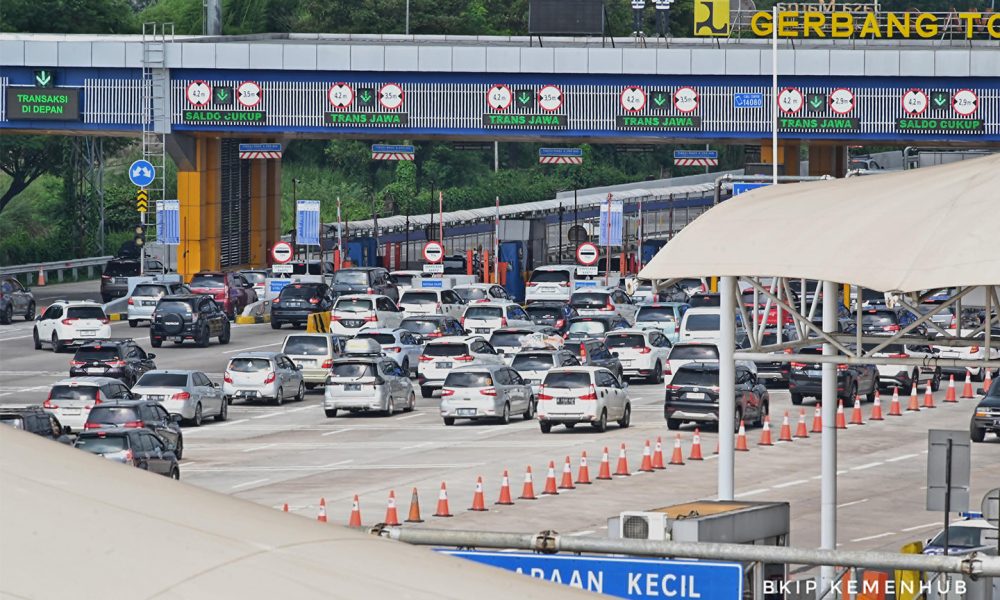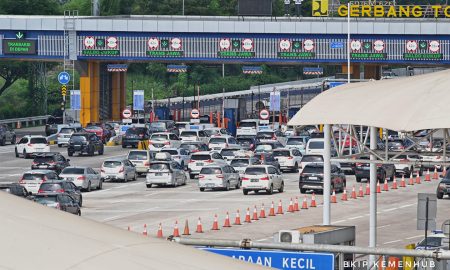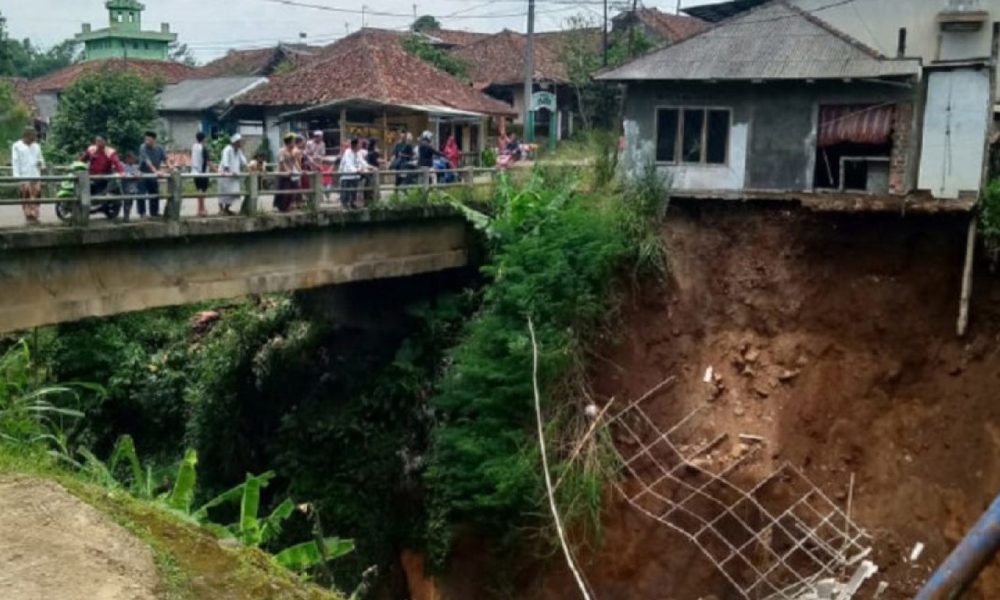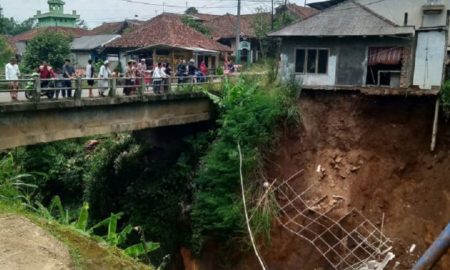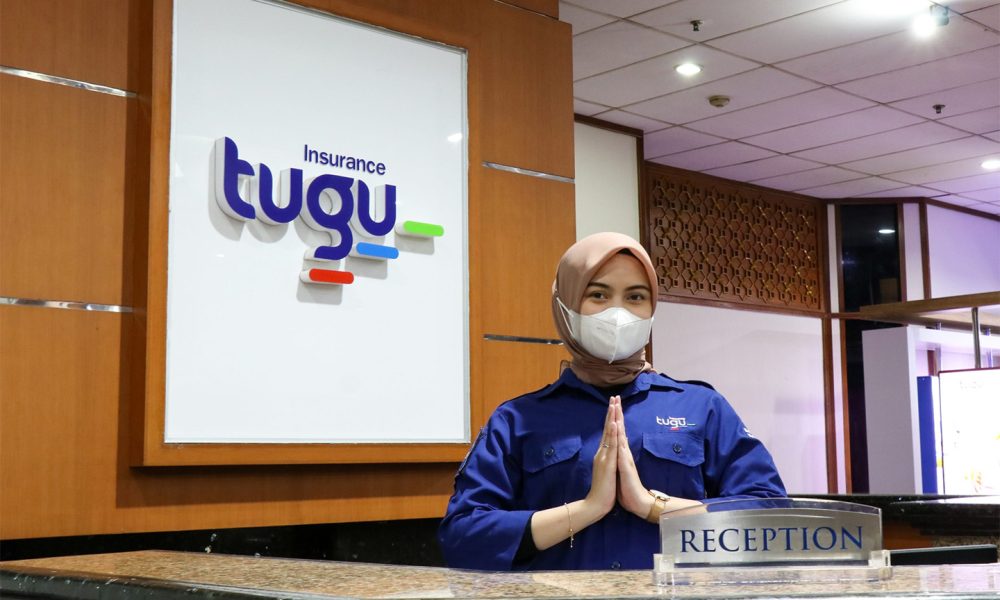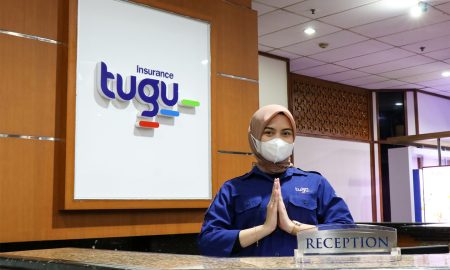Liga Asuransi – Dear risk takers, how are you? I hope your business is doing well.
As a senior insurance broker with an extensive background in the insurance industry, I have honed a deep understanding of the unique challenges inherent in hydropower projects and operations in Indonesia. From reservoir and dam safety to equipment breakdowns and environmental considerations, I possess a keen insight into the nuanced risks that define the hydropower sector.
Drawing on a strategic approach, our company L&G Insurance Broker is dedicated to crafting insurance solutions that not only provide financial protection but also contribute to the overall resilience and success of hydropower ventures. A meticulous understanding of industry regulations, evolving technologies, and global market trends, ensures that clients receive tailored coverage that aligns seamlessly with their operational requirements and risk tolerance.
In a rapidly evolving energy landscape, where hydropower plays a pivotal role in sustainable development, L&G stands as a reliable partner, offering strategic guidance and innovative insurance solutions that empower clients to navigate the complexities of their industry with confidence.
Elevate your hydropower risk management with an experienced insurance broker, where experience meets excellence in insurance solutions tailored for the future of hydropower.
HOW HYDROPOWER PLANTS WORK?
Hydropower plants harness the energy of flowing or falling water to generate electricity. The process involves converting the kinetic energy of moving water into mechanical energy, which is then transformed into electrical energy. Here’s a step-by-step explanation of how hydropower plants work:
Water Source:
Hydropower plants require a reliable and consistent source of water. This can be a river, stream, or reservoir. The water source needs to have sufficient flow and elevation difference to generate significant energy.
Dams or Diversion Structures:
In many hydropower plants, a dam is constructed to create a reservoir by impounding water. The dam controls the release of water, allowing for a regulated flow downstream. In run-of-river systems, where no reservoir is created, diversion structures may be used to direct a portion of the flowing water to the turbines.
Penstock:
The water from the reservoir or river is directed through a large pipe called a penstock. The penstock carries the water from the higher elevation to the turbines, and the force of the flowing water is harnessed to generate mechanical energy.
Turbine:
The penstock feeds the water into a turbine. Turbines are typically large, multi-bladed machines that are designed to capture the energy of the flowing water. The kinetic energy of the moving water causes the turbine to spin.
Generator:
The spinning turbine is connected to a generator. The generator consists of coils of wire within a magnetic field. As the turbine spins, it causes the magnetic field to move, inducing an electric current in the coils. This electric current is then converted into usable electricity.
Transmission Lines:
The generated electricity is sent through transmission lines to a substation. At the substation, the voltage may be transformed to the appropriate level for distribution to homes, businesses, and industries. Transmission lines carry the electricity from the hydropower plant to the points of consumption.
Control Systems:
Hydropower plants are equipped with control systems to regulate the flow of water, monitor the performance of turbines and generators, and ensure the safe and efficient operation of the entire system. Modern plants may use advanced technologies, such as computerized control systems and sensors, to optimize performance.
Environmental Considerations:
While hydropower is a clean and renewable energy source, the construction of dams and reservoirs can have environmental impacts. These may include changes to local ecosystems, effects on fish migration, and alterations to river flow. Sustainable hydropower projects strive to mitigate these impacts through careful planning and environmental management.
TYPES OF HYDROPOWER PLANTS
Hydropower plants come in various types, each with its unique characteristics and operational principles. Here are three common types of hydropower plants: run-of-river, reservoir (impoundment), and pumped storage.
Run-of-River Hydropower Plants:
In a run-of-river hydropower plant, the natural flow of a river is used to generate electricity without the need for a large reservoir. Water is diverted from the river through a canal or penstock to drive a turbine, and then it is returned to the river. This type of hydropower plant has minimal impact on the natural flow of the river and aquatic ecosystems, making it environmentally friendly. However, the electricity generation may be variable, depending on seasonal changes in river flow.
Reservoir (Impoundment) Hydropower Plants:
Reservoir hydropower plants involve the construction of a dam to create a large artificial reservoir. Water is stored in the reservoir, and its release is controlled to generate electricity as needed. The stored water provides a consistent and controllable flow, allowing for more reliable electricity generation. Reservoir hydropower plants are often used for base-load power generation, providing a steady supply of electricity to the grid. However, the construction of dams and reservoirs can have significant environmental impacts, including changes to local ecosystems and displacement of communities.
Pumped Storage Hydropower Plants:
Pumped storage is a type of hydropower plant designed for energy storage. It consists of two reservoirs at different elevations. During periods of low electricity demand or when electricity is abundant and inexpensive, excess electricity is used to pump water from the lower reservoir to the upper reservoir. During periods of high electricity demand, the stored water is released from the upper reservoir to the lower reservoir, passing through turbines to generate electricity. Pumped storage provides a means of balancing the grid by storing excess energy and releasing it when needed, contributing to grid stability. While it does consume additional energy for pumping, the benefits of energy storage often outweigh this drawback.
Each type of hydropower plant has its advantages and considerations, and the choice depends on factors such as geography, water availability, environmental impact, and grid requirements. Additionally, advancements in technology and the integration of renewable energy sources have led to innovations in hydropower, such as run-of-river plants with energy storage capabilities and more environmentally friendly dam designs.
THE CRUCIAL OF OPERATION AND MAINTENANCE (O&M)
The effective operation and maintenance (O&M) of a hydropower plant are crucial for various reasons, encompassing reliability, efficiency, safety, and financial considerations. Here’s a breakdown of the importance of effective O&M:
Ensuring Reliability:
Regular and thorough O&M practices contribute to the reliability of hydropower plants. This is essential for consistent electricity generation, meeting demand, and avoiding disruptions to the power supply.
Maximizing Equipment Lifespan:
Well-executed maintenance practices can extend the lifespan of key components, such as turbines, generators, and control systems. This not only protects the substantial investment in the plant but also delays the need for expensive replacements or major repairs.
Reducing Downtime and Operational Costs:
Proactive maintenance helps identify and address issues before they escalate into major problems, reducing unplanned downtime. This, in turn, minimizes the costs associated with emergency repairs, lost revenue due to halted operations, and potential damage to equipment.
Enhancing Energy Efficiency:
Regular maintenance ensures that equipment operates at peak efficiency. This is vital for optimizing energy output and minimizing waste, contributing to a more sustainable and cost-effective operation.
Meeting Safety Standards:
Hydropower plants involve complex machinery and infrastructure, and adherence to strict safety standards is paramount. Effective O&M practices include routine safety inspections, emergency response planning, and ongoing training for personnel to mitigate potential risks and ensure the well-being of workers and surrounding communities.
Compliance with Regulations:
O&M practices help hydropower plants stay in compliance with environmental and safety regulations. Adhering to these standards not only avoids legal consequences but also promotes responsible and sustainable energy production.
Optimizing Performance in Changing Conditions:
Hydropower plants often operate in dynamic conditions, including fluctuations in water flow and seasonal variations. Effective O&M practices involve adapting to these changes, optimizing performance, and ensuring the plant’s ability to handle varying demands.
Preserving Environmental Integrity:
By conducting routine inspections and maintenance, hydropower plant operators can address potential environmental concerns promptly. This includes monitoring and managing issues such as sedimentation, fish migration, and vegetation growth to minimize the ecological impact of the facility.
Insurance Considerations:
From an insurance perspective, effective O&M practices can positively impact risk management. Insurance providers often assess the maintenance procedures and safety protocols of hydropower plants when determining coverage and premiums. Demonstrating a commitment to effective O&M can lead to more favorable insurance terms.
REGULAR CHECKS AND REPLACEMENT
Establishing a regular schedule for equipment checks and replacements is a critical aspect of the operation and maintenance (O&M) plan for hydropower plants. A well-designed schedule helps ensure the reliability, efficiency, and longevity of the plant’s equipment. Here is a general guideline for a regular schedule:
DAILY CHECKS:
Visual Inspections:
Conduct daily visual inspections of key components, including turbines, generators, penstocks, and control systems.
- Look for signs of leaks, corrosion, wear, or any abnormal conditions.
- Check for debris accumulation in trash racks or intake structures.
Monitoring Systems:
- Regularly review data from monitoring systems, including sensors and control panels, to detect any immediate issues.
- Monitor water levels, temperatures, and pressures to ensure they are within normal operating ranges.
WEEKLY CHECKS:
Oil Levels and Lubrication:
- Check and replenish oil levels in turbines and generators as needed.
- Ensure proper lubrication of bearings and moving parts.
Emergency Equipment:
- Test emergency shutdown systems and alarms.
- Inspect and test emergency lighting and communication systems.
MONTHLY CHECKS:
Vibration Analysis:
- Perform vibration analysis on turbines and generators to detect any imbalance or misalignment.
- Address any issues identified during the analysis.
Penstock Inspection:
- Inspect the penstock for signs of wear, corrosion, or damage.
- Check for leaks and repair any issues promptly.
QUARTERLY CHECKS:
Oil Analysis:
- Collect and analyze oil samples from turbines and generators to assess the condition of the equipment.
- Use oil analysis results to plan maintenance activities.
Generator Inspections:
- Conduct detailed inspections of generators, including stator and rotor components.
- Check insulation resistance and perform electrical testing.
SEMI-ANNUAL CHECKS:
Turbine Overhaul:
- Plan for turbine overhauls, which may include disassembly, inspection, and replacement of worn components.
- Check and refurbish runner blades and other turbine parts.
Control System Updates:
- Review and update control system software and firmware as necessary.
- Test backup control systems.
ANNUAL CHECKS:
Comprehensive Inspection:
- Conduct a comprehensive inspection of all major components, including turbines, generators, penstocks, and transformers.
- Check and replace worn or damaged parts.
Environmental Impact Assessment:
Evaluate the environmental impact of the plant and implement necessary measures to mitigate any adverse effects on ecosystems.
DAMS:
Regular Checks:
Visual Inspections:
- Conduct regular visual inspections of the dam structure for signs of cracks, erosion, or seepage.
- Check the condition of spillways, gates, and other dam appurtenances.
Scheduled Repairs and Replacements:
Erosion Control:
- Address any erosion issues by stabilizing soil and reinforcing the dam with suitable materials.
- Repair any surface damage promptly to prevent further deterioration.
Seepage Remediation:
- If seepage is detected, investigate and repair the source to prevent potential dam failure.
- Consider installing additional drainage systems if needed.
Spillway Maintenance:
- Inspect and maintain spillways to ensure they can handle excess water flow during high-flow events.
- Repair or replace damaged spillway components.
Gates and Valves:
- Regularly inspect and lubricate gate mechanisms.
- Replace or repair damaged gates, valves, or other control structures.
Waterways:
- Regular Checks:
Debris Accumulation:
- Regularly inspect waterways for debris accumulation, especially after storms or periods of high flow.
- Remove debris to prevent blockages and ensure a smooth flow of water.
- Scheduled Cleaning and Repairs
Sediment Removal:
- Periodically dredge and remove sediment from the waterways to maintain the designed flow capacity.
- Address any sediment buildup that may affect the efficiency of the hydropower plant.
Aquatic Vegetation Control:
- Implement measures to control and manage aquatic vegetation that could impede water flow.
- Regularly inspect and clean screens or filters in the water intake to prevent clogging.
Penstock:
- Regular Checks
- Visual Inspections
- Conduct regular visual inspections of the penstock for signs of corrosion, leaks, or structural damage.
- Inspect supports, brackets, and expansion joints.
- Scheduled Repairs and Replacements
Corrosion Protection:
- Implement a corrosion protection program, which may include coatings, cathodic protection, or other anti-corrosion measures.
- Repair or replace corroded sections promptly.
Leak Repairs:
- Address any leaks promptly to prevent water loss and potential damage to surrounding structures.
- Implement a routine leak detection program.
Structural Integrity:
- Monitor and assess the structural integrity of the penstock, especially at critical joints and connections.
- Plan for replacements or repairs based on the assessment results.
Sand Traps:
- Regularly inspect sand traps for sediment accumulation and signs of wear.
- Monitor the effectiveness of the sand removal process.
- Scheduled Cleaning and Maintenance:
- Sediment Removal:
- Implement regular cleaning schedules to remove accumulated sand and sediment from the traps.
- Ensure that the sand removal system is functioning optimally.
Wear Parts Replacement:
Replace wear-prone components, such as screens or agitators, based on the manufacturer’s recommendations or observed wear.
Efficiency Monitoring:
- Monitor the efficiency of the sand trap system and adjust maintenance schedules accordingly.
- Optimize the sand removal process for maximum effectiveness.
Regular and systematic maintenance of these components is crucial for the safe and reliable operation of a hydropower plant. Scheduling inspections, cleaning, and repairs based on a proactive maintenance plan can prevent costly downtime, extend the lifespan of equipment, and ensure compliance with safety and environmental standards.
RESPONDING TO UNEXPECTED ACCIDENTS
Responding to unexpected breakdowns in a hydropower plant is a critical aspect of ensuring minimal downtime, preventing further damage, and restoring operations as quickly as possible. Here’s a guide on how to effectively respond to unexpected breakdowns:
- Immediate Response:
- Emergency Shutdown:
- Initiate emergency shutdown procedures to ensure the safety of personnel and prevent further damage to equipment.
- Activate emergency stop controls and isolate affected components.
- Isolate the malfunctioning equipment from the rest of the system to prevent cascading failures.
- Clearly tag and communicate the isolation to prevent inadvertent reconnection.
- Assessment and Diagnosis:
On-Site Inspection:
- Conduct an initial on-site inspection to visually assess the extent of the breakdown.
- Look for obvious signs of damage, leaks, or abnormal conditions.
Diagnostic Tools:
- Use diagnostic tools such as thermal imaging cameras, vibration analyzers, and other testing equipment to identify the root cause.
- Monitor key parameters to understand the nature of the failure.
Data Analysis:
- Review historical operational data and monitoring records to identify any trends or anomalies leading up to the breakdown.
- Utilize data analytics to gain insights into potential causes.
- Communication and Reporting:
Internal Communication:
Establish clear communication channels within the maintenance and operations teams.
Share information about the breakdown, the current status, and any preliminary findings.
External Communication:
Communicate with relevant stakeholders, including regulatory authorities, if necessary.
Keep the utility company, grid operator, and other relevant parties informed about the situation.
- Emergency Repair Planning:
Responding to unexpected breakdowns requires a coordinated and prompt effort from the entire hydropower plant team. By following a systematic and well-planned approach, hydropower plant operators can minimize the impact of breakdowns, ensure the safety of personnel, and expedite the return to normal operations.
HOW TO REPORT THE ACCIDENT TO THE INSURANCE?
Reporting a loss or damage to your insurance broker is critical in initiating the claims process and ensuring that you receive the necessary support. Here’s a step-by-step guide on how to report a loss or damage to your insurance broker:
- Prioritize Safety:
- If the loss or damage involves personal injury or poses an immediate danger, prioritize safety first.
- Seek medical attention for injuries and ensure that the affected area is secure to prevent further harm.
- Document the Loss or Damage:
- Take photos or videos of the damage or loss. Visual documentation is valuable evidence during the claims process.
- Make notes about the circumstances surrounding the incident, including the date, time, and any relevant details.
- Review Your Insurance Policy:
- Familiarize yourself with the terms and conditions of your insurance policy.
- Take note of coverage limits, deductibles, and any specific requirements for reporting a claim.
- Contact Emergency Services if Necessary:
- If the loss or damage involves a crime or requires immediate attention, contact the appropriate emergency services (police, fire department, etc.).
- Obtain any official reports or documentation related to the incident.
- Contact Your Insurance Broker:
- Obtain the contact information for your insurance broker from your insurance policy documents or the insurance company’s website.
- Call or email your insurance broker as soon as possible to report the loss or damage.
- Provide Details to the Broker:
When contacting your insurance broker, be prepared to provide detailed information about the loss or damage, including:
- Your policy number.
- Date, time, and location of the incident.
- Description of the damage or loss.
- Any relevant documentation, such as photos or videos.
- Official reports from emergency services, if applicable.
- Follow Broker’s Guidance:
- Follow the guidance provided by your insurance broker regarding the next steps in the claims process.
- They may provide instructions on submitting a formal claim and any supporting documentation required.
- Submit a Formal Claim:
- Based on your broker’s guidance, submit a formal claim to the insurance company.
- Complete the necessary claim forms and provide all requested documentation.
- Cooperate with the Claims Adjuster:
- The insurance company may assign a claims adjuster to investigate the loss or damage.
- Cooperate fully with the claims adjuster, providing any additional information or documentation they request.
- Keep Records:
- Keep a record of all communication with your insurance broker and the insurance company.
- Document claim numbers, dates, and details of conversations.
- Follow Up:
- Follow up with your insurance broker and the insurance company to check on the status of your claim.
- Stay informed about the progress and any additional actions required on your part.
- Maintain Open Communication:
Keep your insurance broker informed of any developments related to the loss or damage, including additional information or changes in circumstances.
- Understand Coverage Limits:
- Be aware of the coverage limits and terms outlined in your insurance policy.
- Clarify any questions you may have about coverage with your broker.
- Seek Legal Advice if Needed:
- If the loss or damage involves legal complexities or liability disputes, consider seeking legal advice.
- Consult with an attorney to understand your rights and obligations.
- Review and Update Coverage:
- After resolving the claim, review your insurance coverage with your broker.
- Assess whether any adjustments or updates to your policy are necessary based on the experience.
- Learn from the Incident:
- Use the experience to learn about potential risks and preventive measures.
- Discuss ways to enhance your coverage with your insurance broker or implement risk mitigation strategies.
- Maintain Ongoing Relationship:
- Foster an ongoing relationship with your insurance broker.
- Regularly review your insurance needs, discuss any changes in your circumstances, and ensure your coverage remains adequate.
Remember, timely and accurate reporting is crucial for a smooth claims process. It’s in your best interest to report the loss or damage promptly and provide all necessary details to your insurance broker to facilitate a swift and efficient resolution of your claim.
CONCLUSIONS
In conclusion, this series of discussions has delved into the intricate world of hydropower plant operation and maintenance from the unique perspective of an insurance broker. Beginning with an overview of hydropower plants and their classifications, we navigated through the essential components, including turbines, generators, dams, and waterways.
Understanding the significance of regular maintenance for these components, we explored scheduled checks, repairs, and replacements, emphasizing the critical role of insurance in mitigating risks associated with hydropower operations.
We underscored the importance of monitoring equipment conditions and discussed the integration of data analytics and machine learning, showcasing how technology contributes to proactive maintenance strategies. Addressing unexpected breakdowns and emergency repair protocols, we highlighted the vital role insurance plays in providing financial protection during unforeseen incidents.
The discussion further expanded to managing risks associated with dam safety, recognizing the need for a comprehensive approach to ensure the stability and integrity of hydropower infrastructure. We explored the complex landscape of insurance coverage types needed for hydropower plants, ranging from property and liability insurance to specialized coverages like cyber insurance.
The importance of regular policy reviews and updates emerged as a recurring theme, emphasizing the dynamic nature of the hydropower industry and the necessity for insurance solutions to evolve in tandem with changing risks and technologies.
Concluding our exploration, we highlighted the crucial role of insurance brokers in understanding, assessing, and addressing the unique challenges faced by hydropower operators. As guardians of financial resilience, insurance brokers play a pivotal role in ensuring the continued success and sustainability of hydropower ventures.
In the ever-evolving energy landscape, where hydropower stands as a key player in sustainable development, the collaboration between hydropower operators and insurance brokers remains integral. Through strategic risk management, innovative insurance solutions, and a commitment to operational excellence, the future of hydropower promises to be both dynamic and secure.
This article is presented by L&G Insurance Broker. A leading local insurance broker in Indonesia.
—
LOOKING FOR INSURANCE PRODUCTS? DON’T WASTE YOUR TIME AND CONTACT US RIGHT NOW
L&G HOTLINE 24 HOURS: 0811-8507-773 (CALL – WHATSAPP – SMS)
website: lngrisk.co.id
E-mail: customer.support@lngrisk.co.id
—



